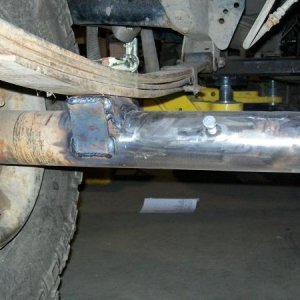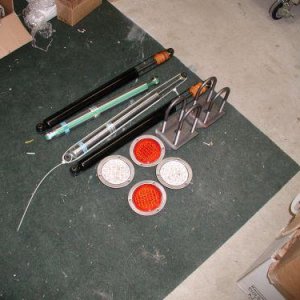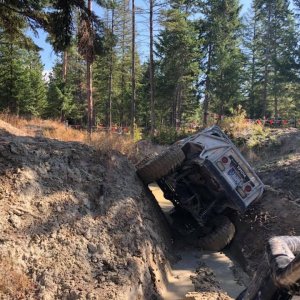patooyee
Well-Known Member
- Joined
- Sep 27, 2008
- Messages
- 5,692
As some may already know I recently acquired a Miller Syncrowave 350 TIG welder. The welder pulls 150 amps max. The shop I got it from, which used it on heavier stuff than I probably will, was running it on a 125 amp breaker without issue, so I suspect I may never pull the full 150.
My shop has 100 amp service. I've discussed getting 200 amp service at length with the power company and it is looking like it will be either very expensive or flat out impossible to accomplish. They say the lines going to my meter are capable of 200+ amps but the transformer that feeds my pole would need to be upgraded. The problem with that is that the current transformer is already encroaching on a Mediacom line that is mounted on the same pole and they may not be able to install a physically larger one. So now I am looking for backup plans.
I have access to another meter on my building, also 100amps, that is currently not being used, probably will never be. I am contemplating the possibility of activating that meter and tying its two 100-amp lines into mine to get a 200-amp box capable of feeding my welder. To my lame mind it seems like this would work. I would go straight from both 100-amp fuse panels into my own 200-amp box and feed the welder with either a 125 or 150 amp breaker. Does anyone see any issues with this? I know its kind of ghetto and redneck but it may end up being my only option unless someone else can think of something else?
The last option is to just run the welder on a less-than-100 amp breaker coming from my current panel and never be able to use it to max capacity. Yes, I know it will be rare that I am welding anywhere near max capacity, but its always nice to know I can if I want to.
My shop has 100 amp service. I've discussed getting 200 amp service at length with the power company and it is looking like it will be either very expensive or flat out impossible to accomplish. They say the lines going to my meter are capable of 200+ amps but the transformer that feeds my pole would need to be upgraded. The problem with that is that the current transformer is already encroaching on a Mediacom line that is mounted on the same pole and they may not be able to install a physically larger one. So now I am looking for backup plans.
I have access to another meter on my building, also 100amps, that is currently not being used, probably will never be. I am contemplating the possibility of activating that meter and tying its two 100-amp lines into mine to get a 200-amp box capable of feeding my welder. To my lame mind it seems like this would work. I would go straight from both 100-amp fuse panels into my own 200-amp box and feed the welder with either a 125 or 150 amp breaker. Does anyone see any issues with this? I know its kind of ghetto and redneck but it may end up being my only option unless someone else can think of something else?
The last option is to just run the welder on a less-than-100 amp breaker coming from my current panel and never be able to use it to max capacity. Yes, I know it will be rare that I am welding anywhere near max capacity, but its always nice to know I can if I want to.






![IMG_3181[1].JPG](http://attachments.www.hardlinecrawlers.com/xfmg/thumbnail/4/4728-365e1e5c48b429d71fc5165623021c96.jpg?1625928477)



